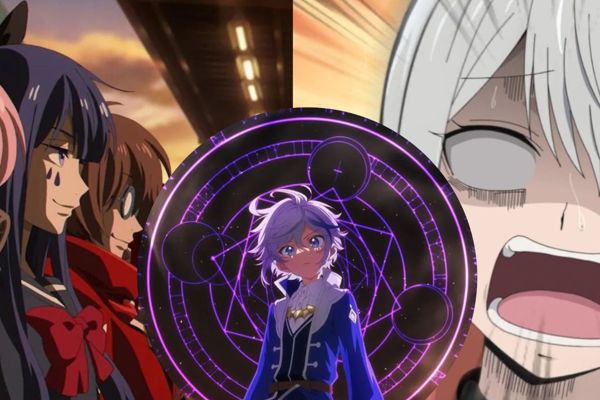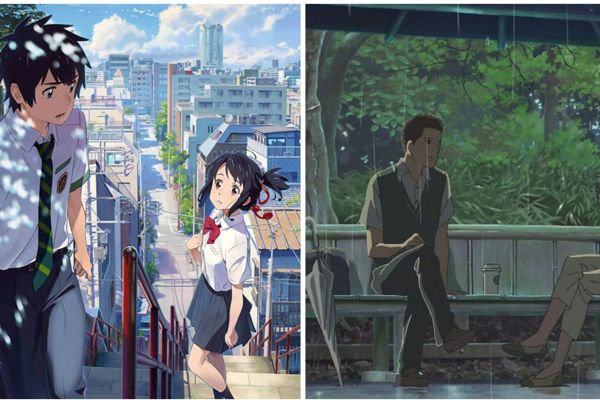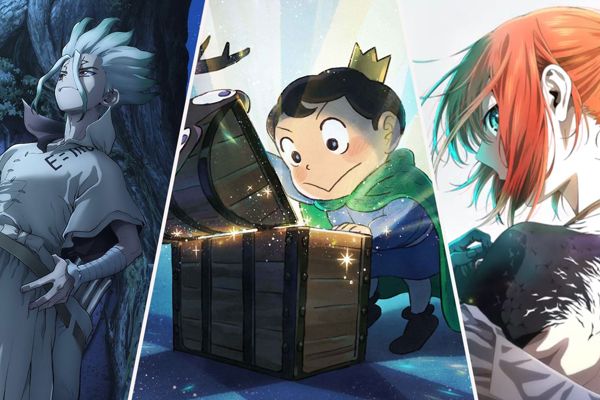Is Avatar: The Last Airbender Truly an Anime?
Discover why Avatar: The Last Airbender is a groundbreaking animated series that defies traditional categorization Explore its captivating plot, diverse influences, compelling characters, mesmerizing soundtrack, and its impact on redefining the boundaries of anime
It's time to finally address the elephant in the room: here's why Avatar: The Last Airbender should be classified as an anime. With a live-action version of the series set to debut on Netflix in 2024, the longstanding debate resurfaces: should Avatar: The Last Airbender be recognized as the first American-made anime?
The debate over whether Avatar: The Last Airbender qualifies as anime has stirred up disagreement among Western fans since its debut on Nickelodeon in 2005. The previous consensus that it couldn't be considered anime due to being American-made is now being challenged as the definition of anime evolves and the industry becomes more global. It's time to reconsider our stance and recognize that Avatar: The Last Airbender aligns with the definition of anime. Here's why.
Avatar: The Last Airbender plot
If you haven't watched Avatar: The Last Airbender, you're definitely missing out on a timeless classic with a dedicated fanbase for nearly twenty years. It's best to skip the 2010 film and wait for the upcoming live-action series. The story focuses on four elemental nations: fire, water, earth, and air. The nations are inhabited by regular people as well as benders, who can manipulate their nation's element using movements inspired by Chinese martial arts.
The "avatar" is the only person in the world with the ability to bend all four elements and restore balance to the universe. After being frozen for 100 years as the world fell into chaos, 12-year-old Aang, the avatar, is back and determined to complete his mission with the support of his friends Katara, Sokka, Toph, and his loyal sky bison, Appa.
Avatar: The Last Airbender’s influences
One of the reasons why Avatar: The Last Airbender is considered an anime is due to its artistic and animation style.
In a 2021 interview on Nickelodeon’s Avatar: Braving the Elements podcast, series creators Michael DiMartino and Bryan Konietzko expressed uncertainty about whether to classify it as an anime. However, DiMartino did liken the series to “a love letter to anime”.
The series is heavily influenced by Hayao Miyazaki's films at Studio Ghibli, blending elements of various Asian cultures, with a primary focus on Chinese culture, as well as other East Asian, South Asian, and Arctic influences, to form a vibrant and diverse world.
Avatar's distinctive style features realistic human designs that differentiate it from typical Western animation, such as SpongeBob SquarePants, Family Guy, and Phineas and Ferb, aligning more closely with anime.
Avatar’s characters
Furthermore, with the involvement of South Korean studio JM Animation, known for their work on popular series like Pokémon, in handling the animation, there is now even more support for the argument that Avatar: The Last Airbender should indeed be classified as an anime.
Netflix
Another reason why Avatar is more similar to anime than other Western animations is because of how it uses shonen character tropes.
Avatar: The Last Airbender’s soundtrack
Consider this: Aang embodies the spirit of optimism and innocence, wielding a heart of pure gold. Sokka plays the role of the hesitant companion, while Zuko stands as the ultimate antagonist, eagerly anticipated to be vanquished by our hero. And then there's Katara, a formidable water-bender capable of taking on the universe's most formidable foes single-handedly, or alongside Aang.
The soundtrack for the series, created by the Emmy Award-winning duo Jeremy Zuckerman and Benjamin Wynn, incorporates elements of traditional East Asian music to enrich the viewer’s experience and capture the Studio Ghibli essence of the show.
Avatar and the changing definition of anime
Similar to a traditional anime soundtrack, the music plays a crucial role in setting the tone for each episode. Additionally, a live ensemble was responsible for performing certain musical compositions, a practice that was previously unprecedented in Western animation.
Many people didn't consider Avatar to be anime because traditionally, anime refers to animation produced in Japan, whether hand-drawn or computer-generated. However, in recent years, Netflix has challenged this definition by creating their own original anime series, such as Pluto and Castlevania: Nocturne.
With this in mind, it seems unjust to exclude Avatar from the anime category simply because of the industry's history. The primary defining factor in the world of anime is its origin. However, as anime continues to gain popularity globally and platforms like Netflix embrace it, the lines are becoming increasingly blurred. Avatar has always straddled these lines, leading us to conclude that Avatar: The Last Airbender can now be considered not only an anime, but one of the greatest anime of all time.
Check out our other anime coverage here.
Editor's P/S
As a Gen Z netizen, I grew up watching Avatar: The Last Airbender and it has always been one of my favorite shows. I was excited to learn that it is being considered for classification as an anime, as I believe it shares many similarities with the genre.
One of the things I love about Avatar is its animation style. The characters and backgrounds are beautifully drawn, and the fight scenes are particularly well-animated. The use of bending, a form of martial arts that allows characters to control the elements, is also very visually appealing.
Another thing that makes Avatar similar to anime is its storytelling. The show has a complex and overarching plot that spans multiple seasons. It also explores a variety of themes, such as friendship, loyalty, and the importance of balance. These themes are often explored through the characters, who are all well-developed and relatable.












